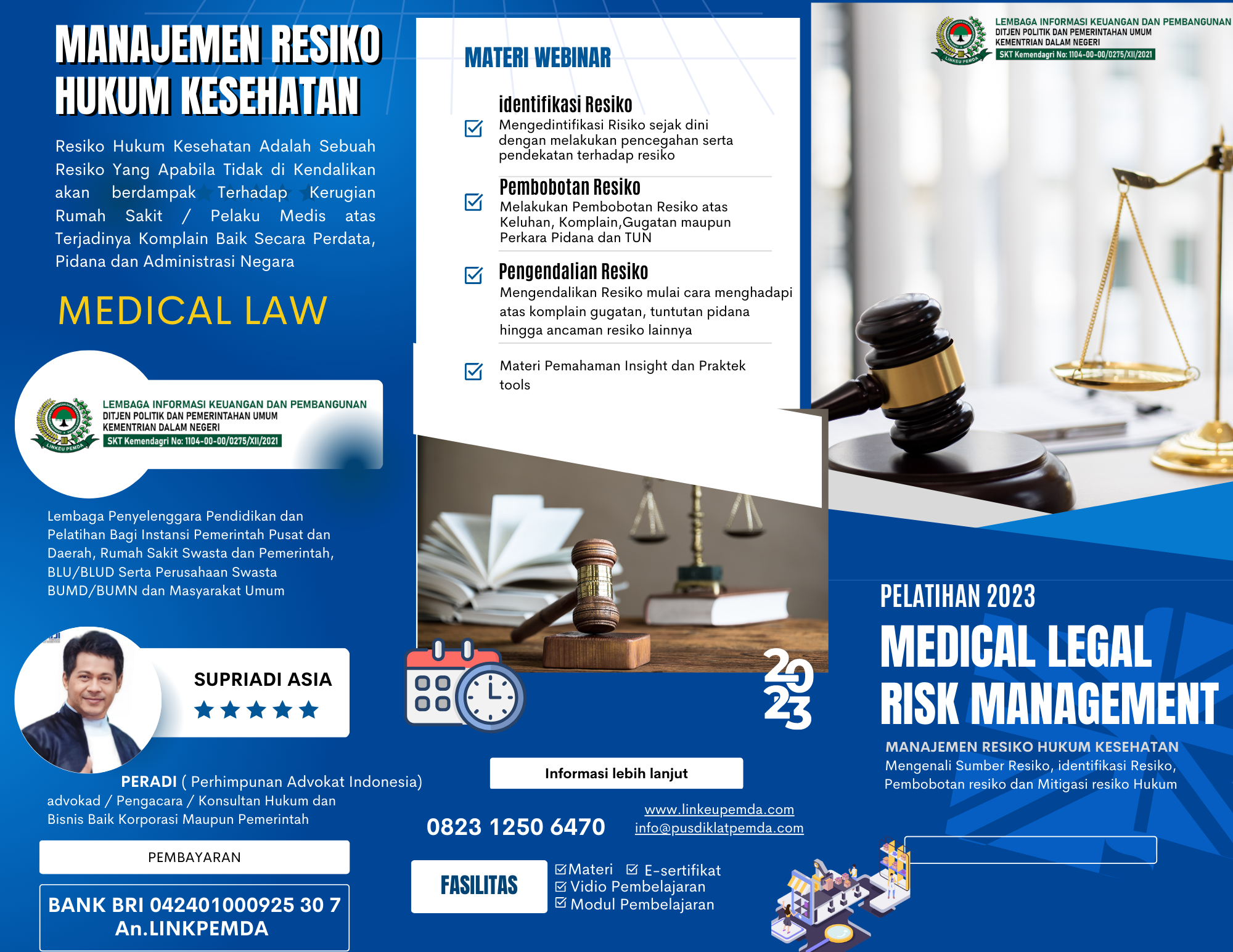
Safeguarding Enterprises: Legal Risk Management
Legal risk management stands as a crucial aspect of corporate governance, encompassing strategies and practices designed to identify, assess, and mitigate potential legal risks faced by businesses. From compliance to contractual disputes, effective legal risk management ensures enterprises navigate legal complexities while minimizing potential adverse impacts.
Understanding Legal Risk Management
Legal risk management involves the systematic identification and assessment of potential legal risks that businesses may encounter in their operations. It aims to proactively address these risks through strategic planning and implementation of measures to mitigate or eliminate them.
In the corporate landscape, legal risk management serves as a shield, ensuring enterprises are prepared for legal challenges.
Identification of Potential Risks
One primary facet of legal risk management involves identifying potential risks. This process encompasses analyzing contracts, regulatory compliance, intellectual property protection, litigation potential, and other areas susceptible to legal challenges.
Assessment and Prioritization
After identification, these potential risks are assessed and prioritized based on their potential impact on the enterprise. This step helps in focusing resources and efforts on managing the most critical risks.
Mitigation Strategies
Once risks are identified and assessed, mitigation strategies are devised and implemented. This may involve revising policies, enhancing compliance measures, obtaining appropriate insurance coverage, and establishing contingency plans.
Compliance and Regulatory Adherence
A key element of legal risk management is ensuring compliance with applicable laws and regulations. Enterprises must stay abreast of changing laws, industry standards, and compliance requirements to minimize legal exposure.
Contractual Risk Management
Enterprises regularly engage in contracts that may pose legal risks. Effective legal risk management involves scrutinizing contracts, ensuring clarity, and addressing potential loopholes or liabilities to protect the business interests.
Litigation Preparedness
Even with proactive measures, litigation risks cannot always be entirely eliminated. Hence, legal risk management involves preparedness for potential litigation, which includes maintaining accurate records and documentation and having access to legal counsel.
Crisis Management and Response
In the face of unexpected legal challenges, enterprises need robust crisis management and response mechanisms. Legal risk management encompasses having protocols in place to address emergencies promptly.
Continuous Monitoring and Review
Legal risk management is an ongoing process. Enterprises should continuously monitor and review their risk management strategies to adapt to evolving legal landscapes and emerging threats.
Integration with Business Strategy
Effectual legal risk management is integrated into the overall business strategy. It aligns with the enterprise’s goals and objectives, ensuring that legal considerations are an integral part of decision-making processes.
Conclusion
Legal risk management is integral to the success and sustainability of enterprises, ensuring they proactively address potential legal challenges while safeguarding their interests. By systematically identifying, assessing, and mitigating legal risks, businesses can navigate complex legal landscapes with resilience and agility, minimizing adverse impacts and fostering long-term growth.
